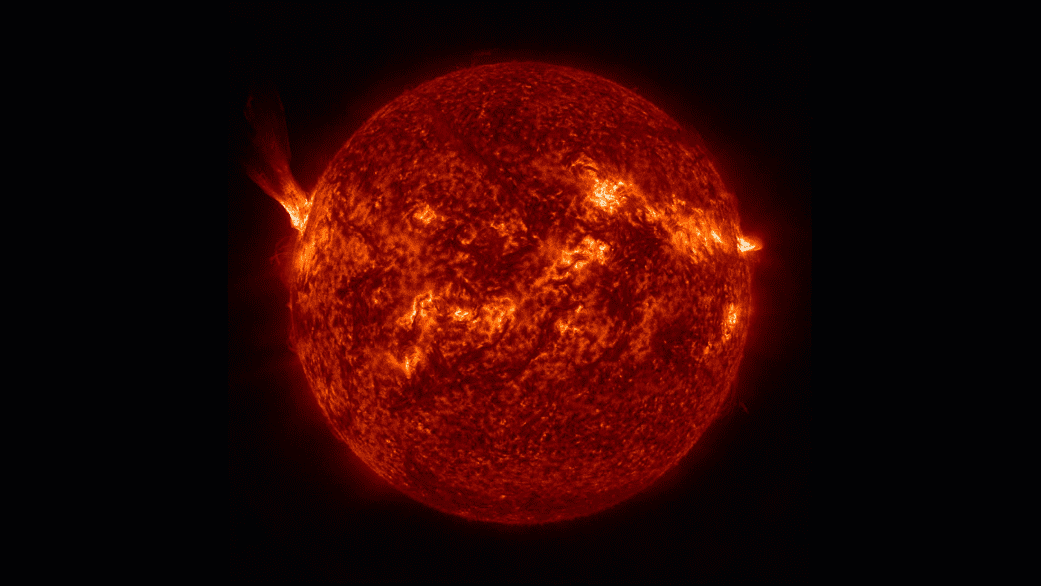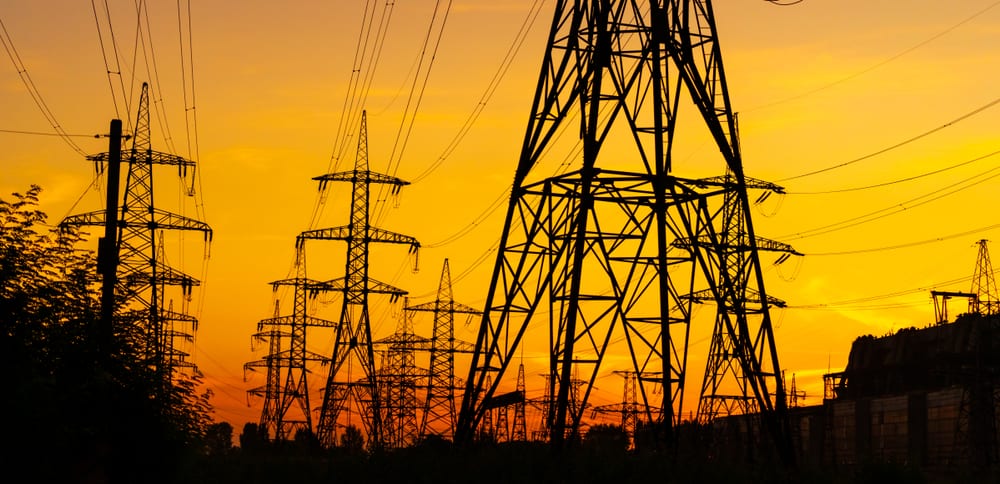Partly cloudy with a chance of rain … in space?
No, this kind of weather is different. It isn’t forecasting if astronauts need umbrellas when they go out for a spacewalk. Space weather is all about disturbances in our near-space environment and on Earth caused by the Sun.
The Sun is more than just the source of visible light and life-sustaining heat on our planet. It’s also a fluctuating source of X-rays and a “wind” of high-energy charged particles that blows outward, carrying within it an embedded solar magnetic field. Interacting with Earth and its magnetic field, these emissions cause space weather.













